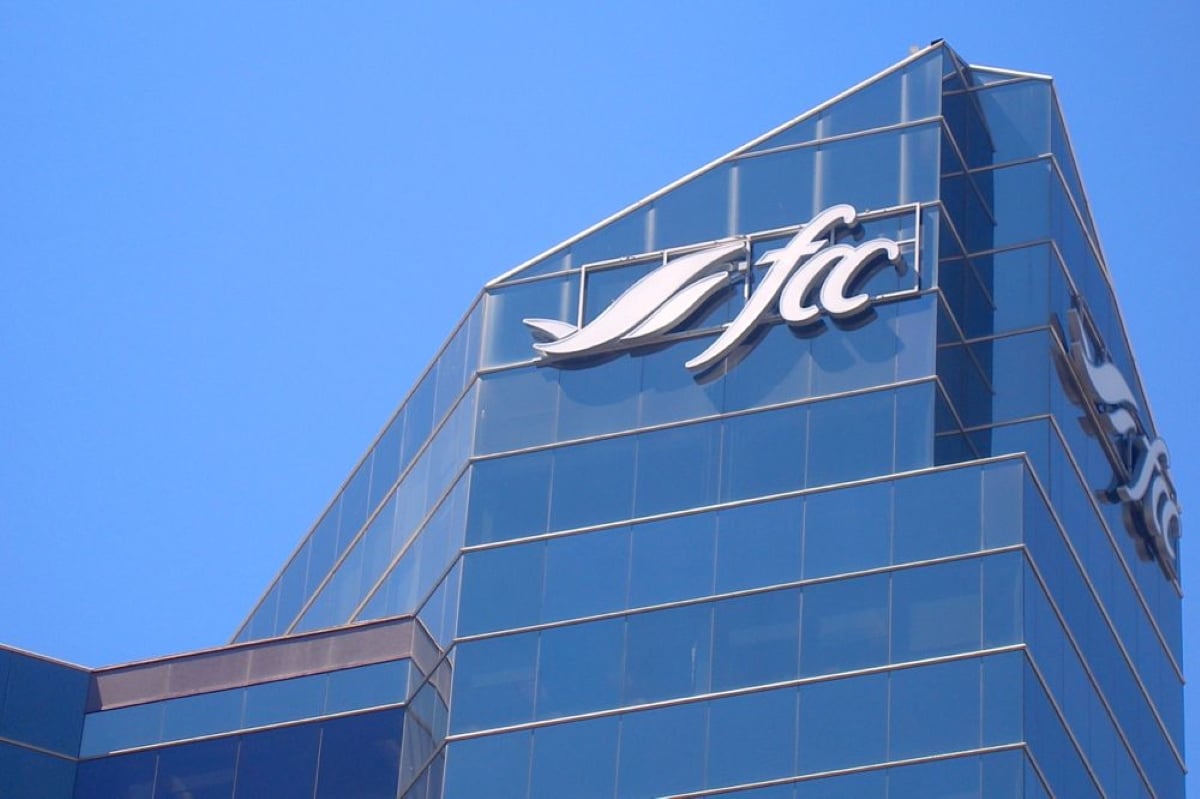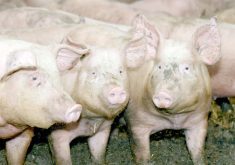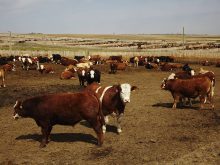If activist groups in the United States get their way, slaughtering horses for meat will become a thing of the past.
The horse industry says meat plants are needed to dispose of unwanted animals while activists want horse slaughter banned because they consider the plants to be cruel.
Animals are more likely to be abandoned if a processor is not available, said Paul Mitchell, who operates a horse rescue centre in Vulcan, Alta.
He said about eight percent of horses go to slaughter, but meat plants do not want sick, crippled horses and cannot accept downers.
Read Also

Lending policy still focused on primary producers: Farm Credit Canada
Farm Credit Canada said it has not changed its business practices and remains committed to supporting all producers, after a report from an Ottawa-based media outlet claimed otherwise.
“The plant is not there to be a disposal service for the horse industry,” he said.
“They are in business because their product in Europe and Japan is worth $20 to $25 a pound,” he said.
“It’s business and they want the same horses as everyone else does.”
Mitchell has 45 years of experience with horses as a trainer, rider and breeder and now owns Mitchell Equine Rescue and Education Centre, which has operated for seven years and has placed about 1,500 horses with new owners.
Many have been rescued from slaughter or have been sent to him when the horse had nowhere else to go.
A horse may be slaughtered because a family does not know how to care for it properly or grows tired of it. Horses are sold in divorce settlements and others are seized when owners do not pay boarding fees. Others are unsound.
Mitchell said the controversy over horse meat processing is partly connected to a lack of education among trainers and owners who start working horses too young. These horses cannot take too much strain from hard work before they are fully mature. When they are overworked they do not succeed and the owners want to get rid of them.
“If that horse doesn’t fit their particular niche, it’s gone,” he said.
Horses may be euthanized in a veterinary clinic for a variety of problems or they may go to auction where brokers buy them for a slaughter plant.
Mitchell regularly attends horse auctions in Alberta and examines what is on offer. A few may be in poor shape but others are sound and he is willing to buy them.
Three American horse slaughter facilities operate in Texas and Illinois.
Canada has three plants in Alberta, Ontario and Quebec. The Bouvry’s Meats plant in Fort Macleod, Alta., is the largest of the six plants.
All of them export meat to Europe.
The first laws to stop horse slaughter were passed in California following a citizens’ vote in 1998. The state does not have a meat plant and does not allow horses to be transported to slaughter or sold to someone who may ship them to a meat plant.
After the law came into effect, rescue ranches filled up and horses were sold to brokers who eventually sold them to meat plants, Mitchell said.
He does not think plants should be banned but horse owners need to learn how to properly care for their animals to avoid future problems.
“If they cripple their horse, they should have to look after it,” he said.
Les Burwash of Alberta Agriculture’s horse industry branch agreed this is a controversial issue.
“In the U.S. we have seen a strong anti-slaughter mentality,” he said.
His statistics indicate 51,610 horses were slaughtered at the Fort Macleod plant in 2004. Horses arrive there from the northwestern United States and Western Canada.
Alberta has 310,000 horses, which is a third of the total national population of 900,000.
Besides anti-trucking laws, federal U.S. legislation was included in a congressional agricultural spending bill that halted federal funding for U.S. meat inspectors to monitor horse slaughter for eight months.
If more legislation is enacted, it could create unintended consequences.
“If it goes through, we are going
to see a lot of SPCA cases,” Burwash said.
Horse owners who don’t have access to packing plants must find other ways to dispose of carcasses. They may be rendered or disposed of on the farm, but in some jurisdictions, such as Ontario, it is illegal to bury them.
“In Canada, if we have the slaughter stopped, then all of a sudden we have 25 percent of our horses are going to have no value,” he said.
All ages of horses may now be slaughtered, with the exception of foals.
In a 2002 statement, the American Association of Equine Practitioners said owners have a responsibility to provide humane care throughout the life of their horses and provide proper management to reduce the number of unwanted horses.
During its recent convention in Denver the National Cattlemen’s Beef Association passed resolutions opposing bans on horse slaughter.















